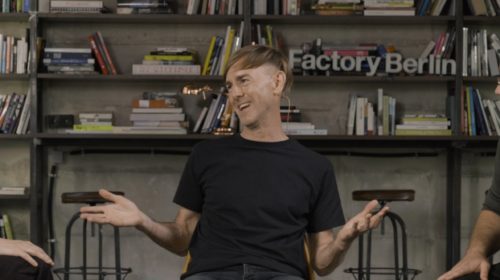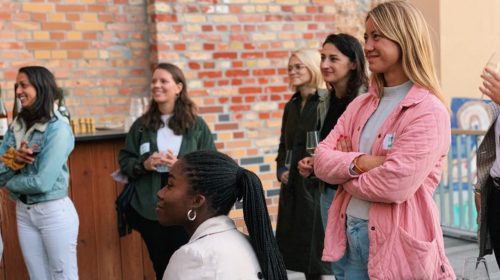
May 23, 2019
Why It’s Only Human Nature To Create
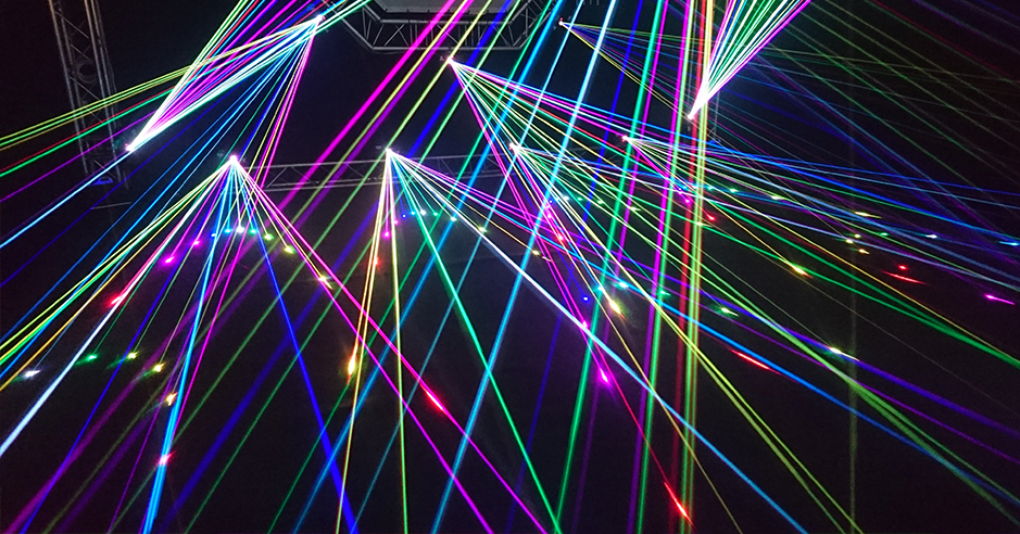
Many modern-day creatives, whether it be through the visual arts, music, movement, sculpture, multimedia, or programming, are using their skills and imagination as a means to predict, explore, and set parameters for the future. While a single image, meme, song or film, can prompt socio-political progress, the artists of tomorrow are already working on their incredible mission today. Their creations are less static, it looks different (on a screen), uses modern mediums (3D printers) and may involve intricate codes, providing insight into the human reactive mind to hear more than sound or even taste color. The popular allure of integrating technology into art is a reactionary wave to the embeddedness of technology itself.
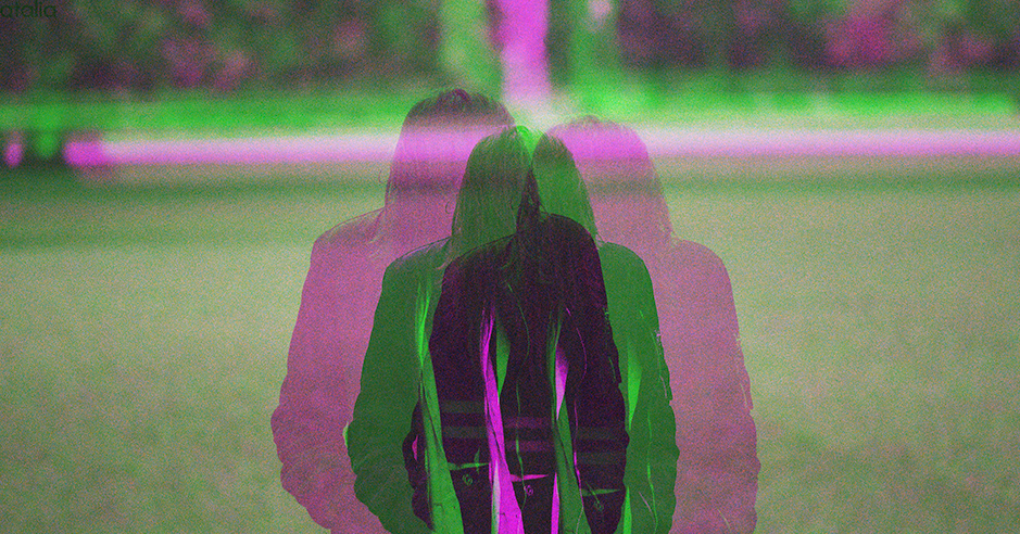
The heart of creativity is the ability to combine different cultural elements in a meaningful way. Yet, due to inherent abstractions and the need to combine various cultural and material elements into something of value, understanding the modern creative requires inspecting each of its successful components rather than the whole.
Similar to social network theory, the density of interconnections between cultural and material elements determines the outcome. By bringing together different disciplines, it becomes possible to access a whole new world of non-redundant data, which is accompanied by another great array of combinations. Together, the higher array of possibilities positively correlates to a higher potential for creativity and a great collaboration. This process of creativity nesting and positioning, establishing its fitness, relative to others is paramount to cultural survival, progress, and dynamic innovation.
“Art challenges technology and technology inspires art. ”
It reveals the durability of creativity and how it can be enhanced through the adoption of new technological elements. The drive for creative survival has in a sense gone derivative and invoked tech as a source. Since society depends so much on technology, the creatives of today have adapted to include technology somewhere along the supply chain as a feature in their artwork. Consequently, the artists, creatives, and co. wanting to remain relevant have to adopt technical components that suit their palette: selfies, virtual and augmented reality, music, 3D printing, graphic design, video games, machine learning and AI, and even the use of social media for marketing.

This adoption of technology into creative approaches has another code with rules for blending and sequencing. The creative’s code or ethos for tech and art are more evident when they become popularized in products, like a techno track. A recent study shows that connected elements linked to otherwise untapped ones are more likely to be on trend and popular. On a grander scale, this could partially explain why techno and electronic mashups have gone from the literal underground to the “hart” heartbeat of Berliners over the decades. It certainly holds true for the same chord progression in many pop songs.
This lesson speaks to the potential of art and its digital transformation. It means looking at new ways to use the web and digital tools to innovate. After all, newness brings with it the potential to interact with other cultural and material elements to grow into the possible realities of the binary revolution. While many forms of creativity succeed in stimulating escapism or a coy placement between pages of a book, a lot of digital art is participatory and encourages live interaction, bringing out the ‘situationalist’ in all of us. Even if humans become seduced by an algorithm, the artificial intelligence and the power of the machine is just the brush, the strokes are the code, but it is a human agency that gives an order.
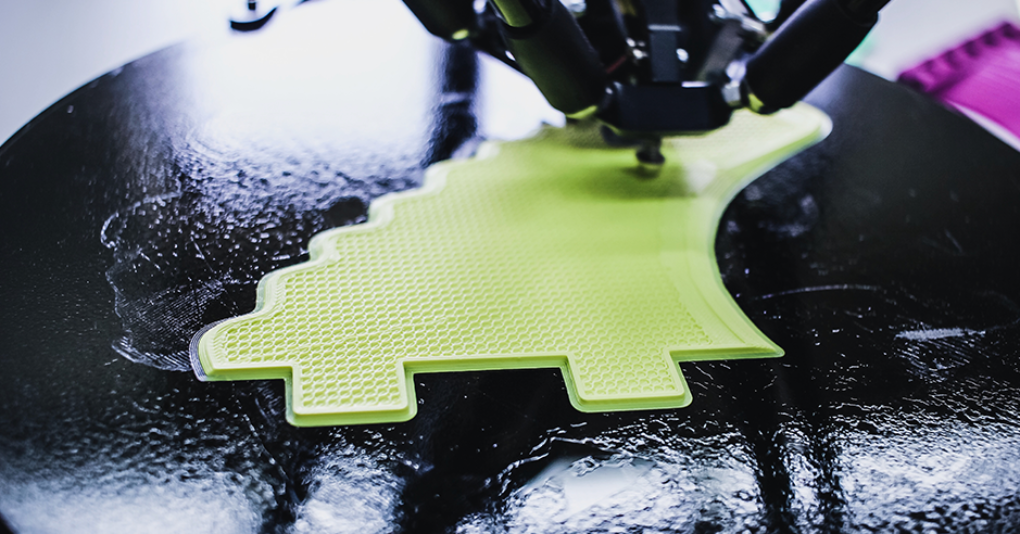
Technology has allowed our world to evolve into a place where any manifesto and masterpiece can be created, distributed, consumed, copied, compromised, collapsed or even burned in a matter of days. Whether techie or creative or both, the modern tools used to explore paradigms are mainly suited for a future audience, not the current one. The journey from static to fluid information is only a stroke along.
The strong imagery of the traditional artistic past is only part of the movement for curious creators of today who are their authentic selves, pushing the present to the beyond. These patterns are for us to make; they are forming the zeitgeist of the creative technologist.
“It is not the strongest of the species that survives, nor the most intelligent that survives. It is the one that is most adaptable to change.”
By focusing on creative culture during the midst of the binary revolution, the possibility for powerful and effective solutions emerges. Some of the trying issues that we face today are only solvable through innovation: asking new questions and seeking another road. The dependency on automatic protocols and AI can be a good thing as far as human achievement is concerned. These collective surrenders to syntax allow for greater concentration on creative approaches themselves.
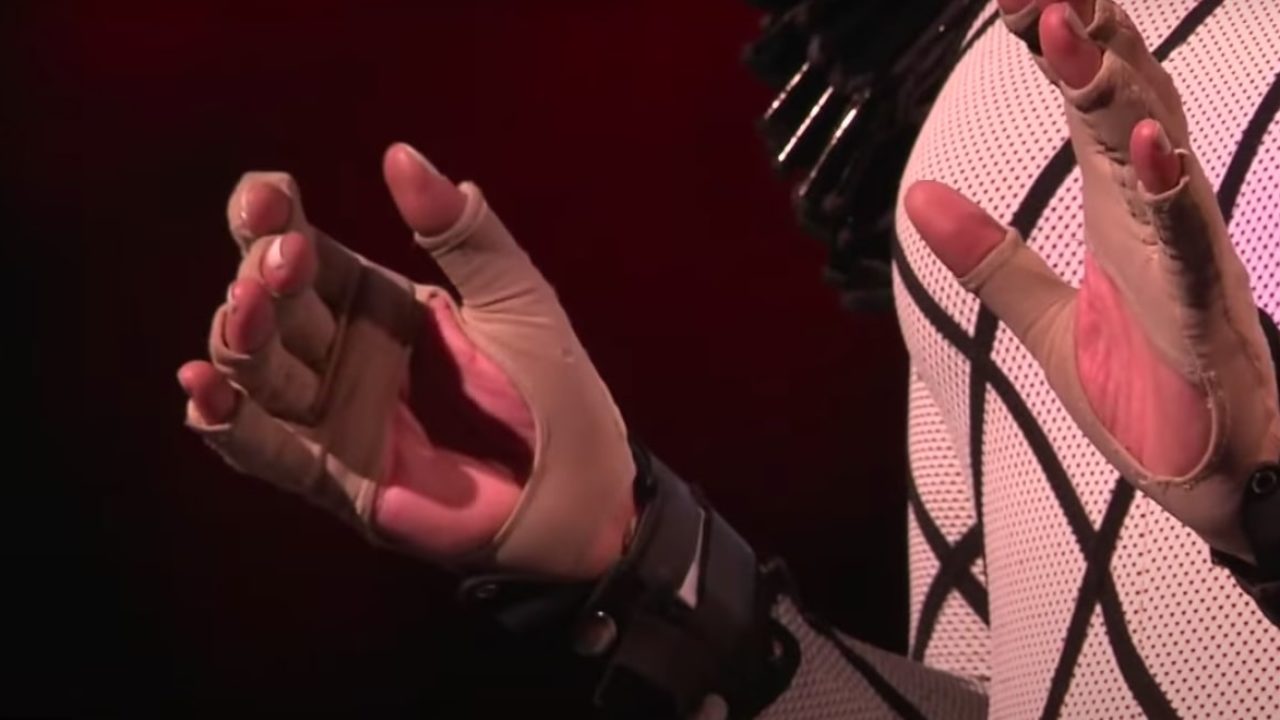
For privacy reasons Youtube needs your permission to be uploaded. For more details, please see our Privacy Policy.
To see this video you have to opt in for our external media. You can click on accept to add this to your preferences. You can also see this video as an external link.
hereThe same machine learning that threatens certain occupations due to automation is an exchange; its a call to settle back into our human nature. More than ever, the notion of creative thinking should be valued as a distinctly human ability. By harnessing the power of creative thinking, and its critical application to other disciplines, innovation for issues surrounding sustainability and future work can be answered by pioneers asking new questions that fit the future. We might not be able to fully recognize it, but the creative code is already here. The question of creativity’s durability is safely hardcoded in our computers and media, the organic agency to think out of the box, and the combined steps we take towards collaboration. No one can take creativity to the next level unless we open the doors and start practicing being our true creative selves.
